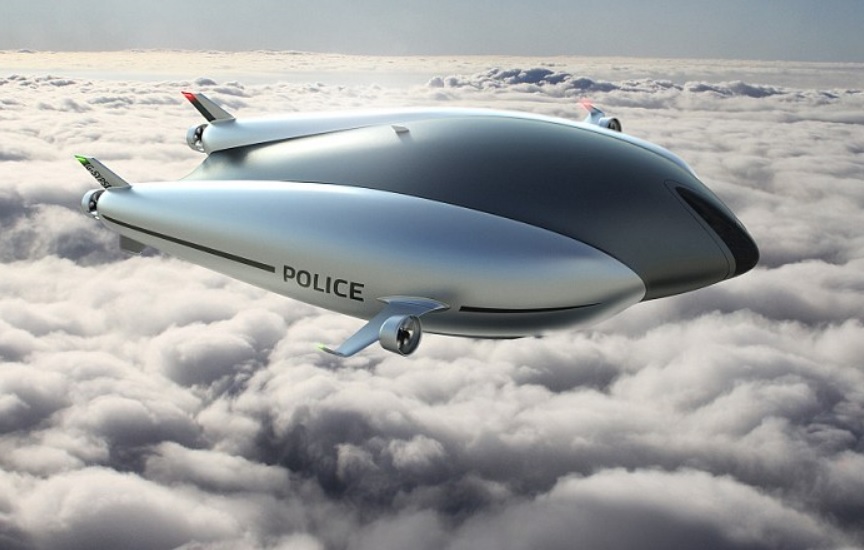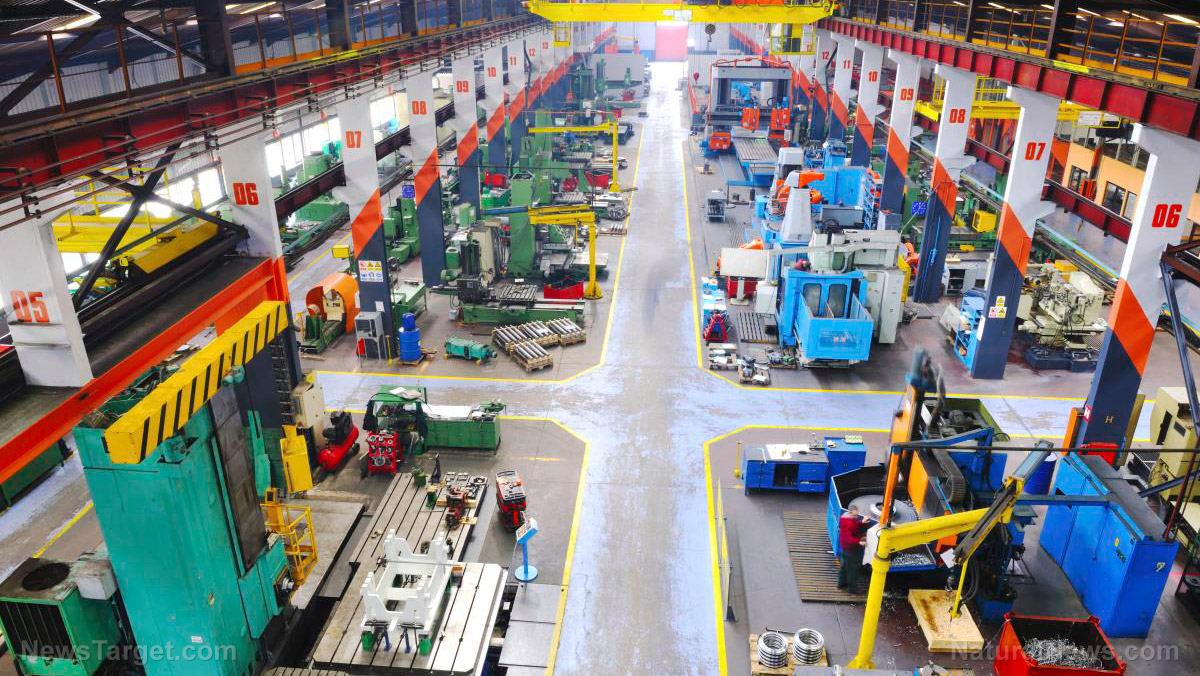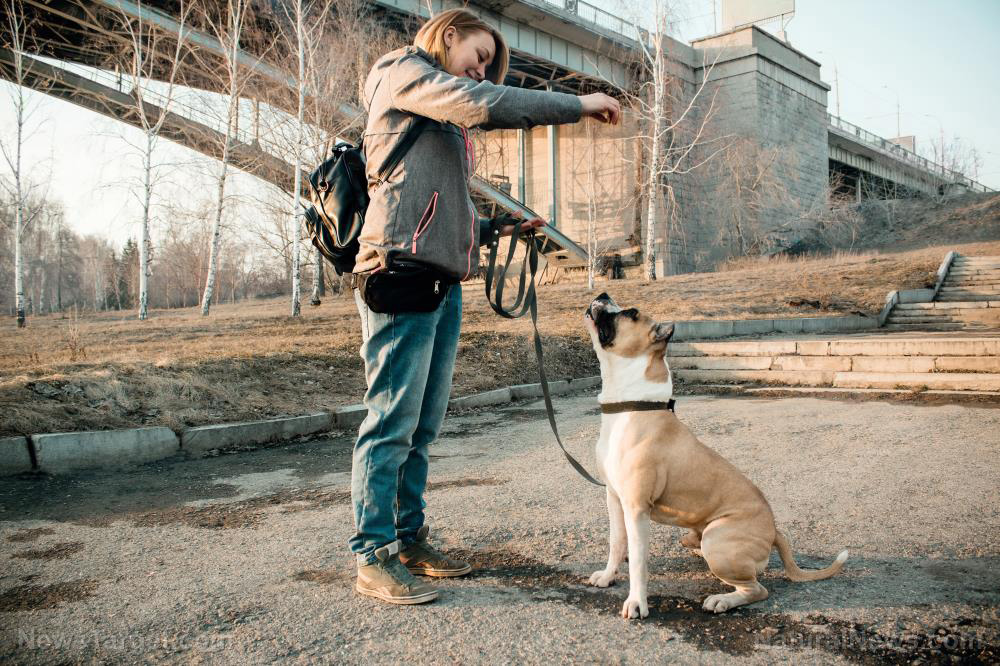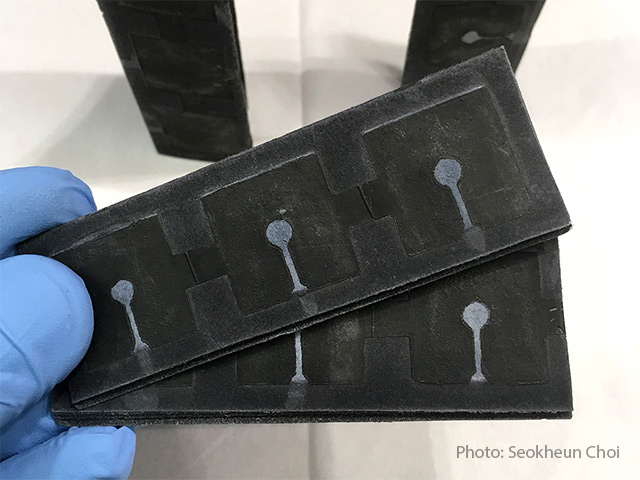Self-flying passenger jets are on the horizon: Would you fly in one?
11/16/2018 / By Russel Davis
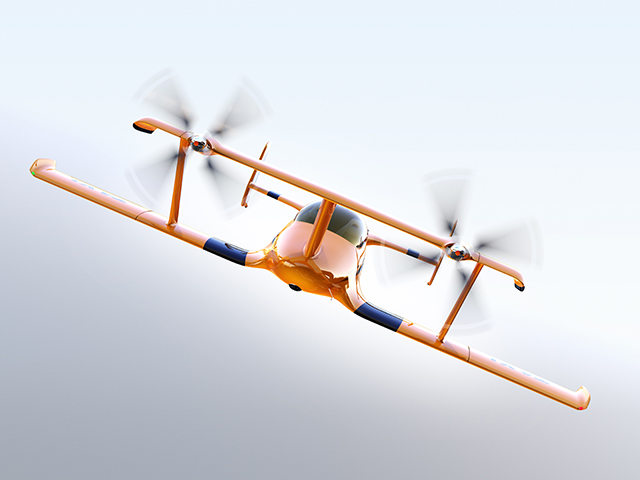
Aerospace giant Airbus is currently working on an self-flying air taxi called Vahana. According to reports, Vahana is designed to be a tilt-wing, multi-propeller craft that is capable of taking off and landing in tight spaces. The aircraft is touted to fly about 50 miles before the batteries may require recharging. Reports have noted that Vahana is meant for short urban hops.
“What the industry is telling me is that they would like to remove one of the pilots fairly soon, and re-design the cockpit around a single pilot. There might also be a remote-control pilot on the ground, in case of emergencies, like a heart attack. This remote pilot could monitor many airplanes [at once]…On an average flight, the pilots manually control the plane for about three to six minutes, and the rest is autopiloted because they understand that the autopilot is actually safer,” Professor Stephen Rice has discussed in an NBC News article. Rice currently serves as a professor at Embry-Riddle Aeronautical University in Daytona Beach, Florida.
According to reports, this will not be the first time that the aviation industry has redesigned the cockpit and decreased crew numbers. Reports have cited that the number of crew required to run an aircraft has significantly diminished between the 1950s and the 1990s. Mike Sinnett, vice-president of product development for Boeing, has confirmed that the possibility of developing a pilot-less aircraft is well underway as high-end technology — such as artificial intelligence that would make a pilot’s decision — is readily available.
Flight automation may well reduce unwanted disasters
The prospect of flight automation may help avert disasters that have festered the aviation industry for years, experts have discussed. According to experts, a self-flying system will make it more difficult for pilots to override its functions. Scientists have discussed that planes could be programmed to reject a course change that would take the aircraft too far from land. The system may also reject a change-of-altitude command that would take the plane below the height of surrounding terrain. the experts have noted.
“You’re looking at very simple calculations and if the answer is yes, then the automation can and should stop that accident from happening. More advanced refuse-to-crash automation would have prevented the plane from being flown into the ground by a tired flight crew. To my knowledge there really wasn’t anything wrong with the plane,” according to Ella Atkins, an aerospace engineering professor at the University of Michigan.
According to Professor Rice, several factors such as medical emergencies and cyber security may require solutions before automated planes eventually fly. “Human beings don’t like new things. They’re afraid, and they let that fear make their decisions for them. But if you give them a good safety track record, then they’ll come around.”
Sources include:
Tagged Under: air travel, airbus, aircraft, Airplanes, Boeing, breakthrough, future tech, innovation, inventions





